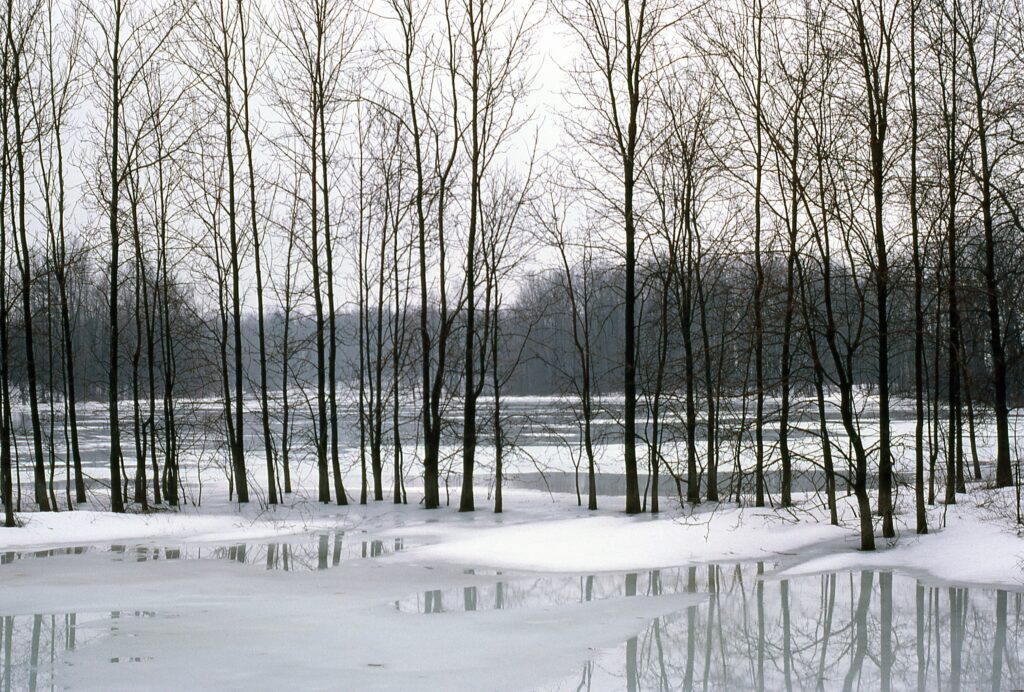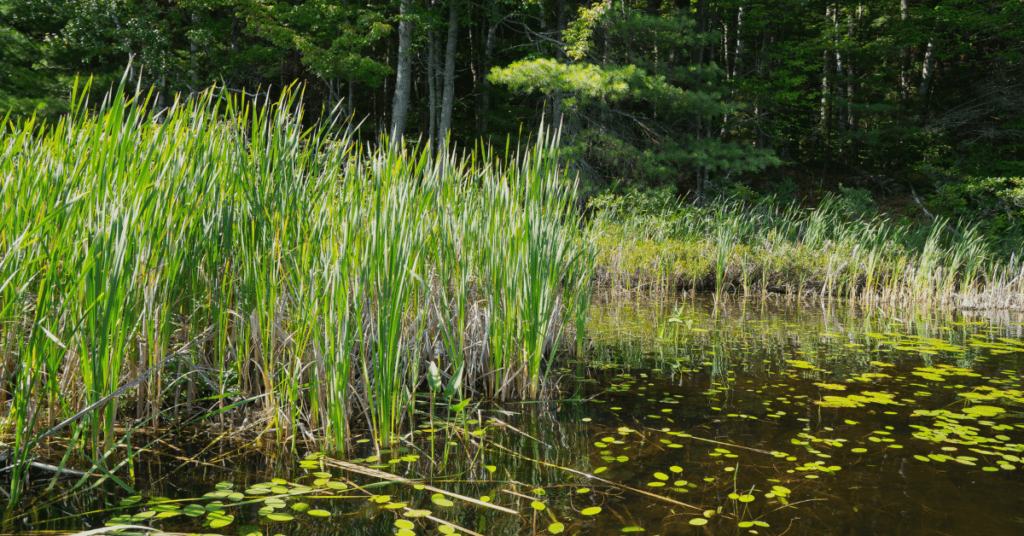For Canada Water Week, March 16-22, Environmental Defence is celebrating water! Each day this week we’ll post a new blog which will explore how our programs all have a connection with water. Today, we’re featuring our Greenbelt Program and how we’re working to protect water by strengthening the Greenbelt.
Water sustains life. We all need water. And in Ontario’s Greenbelt, water protection is a core issue. Local food grown in the Greenbelt, the forests, wetlands and wildlife that call the Greenbelt home, the Greenbelt’s villages and towns all need water resources.
But, the Greenbelt doesn’t just use water. It’s a vital source of clean water. The Greenbelt’s Oak Ridges Moraine, often described as the rain barrel of southern Ontario, is the main source of clean water for the Greater Toronto Area. Millions of people rely on the Greenbelt for water.
Last month, Ontario launched its review of the Greenbelt, Oak Ridges Moraine, Niagara Escarpment, and Places to Grow plans. While Ontario’s Greenbelt has succeeded at protecting farmland and natural areas, the Greenbelt is under threat. Threats include urban sprawl, a proposed mega-highway, an unnecessary airport – all of which could threaten rivers and streams in Ontario’s Greenbelt.
The Greenbelt’s review is a chance to build a better Greenbelt. This Canada Water Week, take action to strengthen the Greenbelt, a source of clean fresh water.
Wondering how the Oak Ridges Moraine connects to the water from a Toronto tap? The Moraine captures rain and filters it through layers of gravel and sand as it trickles down into deep underground aquifers or reservoirs. The water is then released through wetlands, springs and the headwaters of river systems, providing a clean base flow for many rivers. The Don, the Humber and over 65 other river and stream systems flow from the Moraine into Lake Ontario or north into Lake Simcoe, Rice Lake, Lake Scugog and Georgian Bay. Millions of people in communities throughout the Greater Golden Horseshoe draw their drinking water from Lake Ontario.
Unfortunately, many of our water sources are increasingly becoming polluted from a variety of sources. Rain and snowmelt washes contaminants like oil from cars and cigarette butts, from our land into our river system which ends up in Lake Ontario. Some homeowners contaminate rivers by using water softeners, failing to maintain septic systems or by applying fertilizer to lawns. Municipalities use road salt that washes into our river systems. Farmers use water for many purposes, such as watering livestock, irrigating and washing crops. While many farmers take care to apply fertilizers at appropriate times and quantities, nutrients still wash off into our streams. All of these sources of pollutants end up in our streams and rivers, eventually ending up in our lakes where some nutrients contribute to algal blooms.
In a recent report on the health of the Greenbelt, the Conservation Authorities Moraine Coalition rated the water quality of surface water and groundwater and found that there is room for improvement. We can all do more to protect and enhance our natural landscapes to improve the health of our water resources.
Everything we do on the land affects our water. To continue to have clean water sources to drink, we need to treat water as the precious resource that it is. There are many ways you can make a difference including disposing of hazardous materials and litter properly, volunteering to clean up a beach, or planting a tree. Homeowners can disconnect sprinkler systems, use rain barrels, reduce paved surfaces and cut back on fertilizing lawns. Governments can make a difference by implementing road salt reduction programs, and bringing in green infrastructure bylaws to require permeable pavement on new construction and storm water charges to encourage water conservation. Farmers can undertake environmental farm plans and follow integrated pest management plans to reduce excess fertilizers and contaminants from entering our shared water system.
We can all make a difference to improve the quality of our water. And we need to make those changes now. As Thomas Fuller says, “We never know the worth of water till the well is dry.”
This Canada Water Week, consider how you can make a difference to water quality in your community. Take action to strengthen Ontario’s Greenbelt, a source of clean water for millions.








